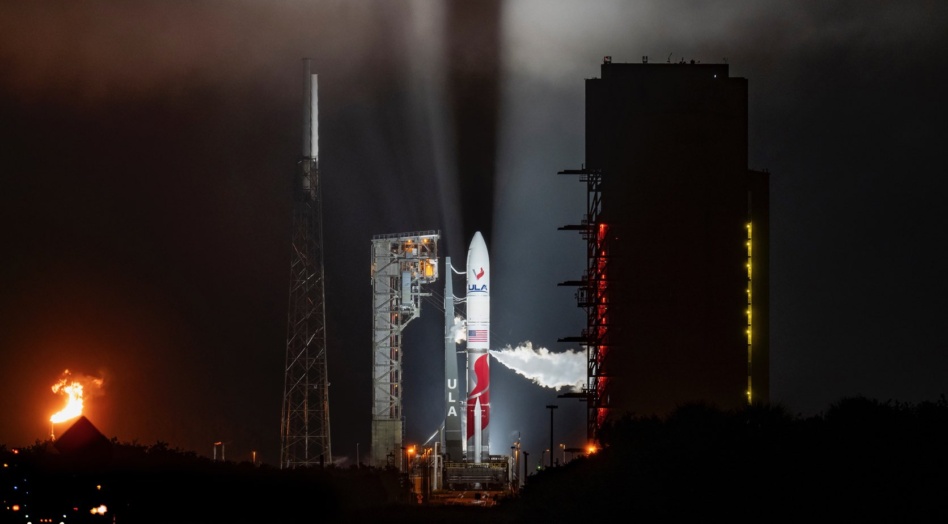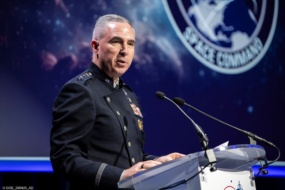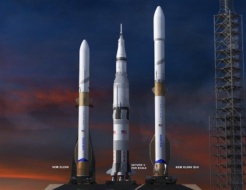ULA CEO Tory Bruno defended the launcher’s national security space performance amid reports that the Air Force found the company has “performed unsatisfactorily.”
Context: An unpublished Air Force report, obtained by Bloomberg, found that ULA has suffered “major issues” with its Vulcan program that have driven a “frustratingly slow” transition to the new rocket. Bloomberg also reported on Tuesday that the DoD is considering whether it’s possible to re-assign Vulcan’s missions to another launcher (ahem, SpaceX).
ULA’s response: “When that was written, it was inaccurate. As we sit here today, it is certainly overtaken by events,” Bruno told reporters on Wednesday. “It talked about production rate and ramp-up concerns; it was talking about BE-4 rocket engines. BE-4s are keeping up with us and even a little bit ahead. So that is not an issue now, [and] it hasn’t been an issue for a long time.”
Bruno also said it was “suspicious” that the report was leaked to the press while Vulcan is awaiting approval from the Pentagon to begin launching national security missions.
The Starship in the room: Asked about how Vulcan’s future will be affected by Starship coming online, Bruno said the two rockets are intended to fill different missions. While Starship can lift a huge amount of hardware to LEO, Bruno said it can’t get sensitive government payloads to unique orbits without refueling in space. ULA also can’t bid on one of its key missions—building SpaceX’s broadband constellation in LEO—so Bruno said the two rockets aren’t in direct commercial competition.
“The comparison to Starship for us isn’t really meaningful, because it’s a Starlink lifter and we’re not able to compete for Starlink,” he said.
The Elon effect: Bruno also shared that he’s not worried about the SpaceX CEO’s close ties to the Trump administration, and what that means for ULA’s chances when competing for federal contracts.
“It would be our expectation that the procurement process continues to be fair and balanced and truly values competition because that’s how you have the most healthy ecosystem in your industrial base,” he said.




